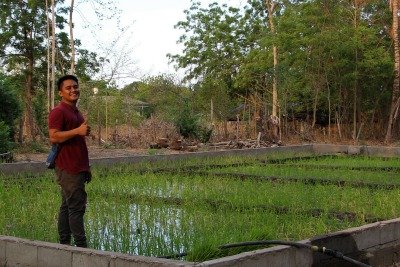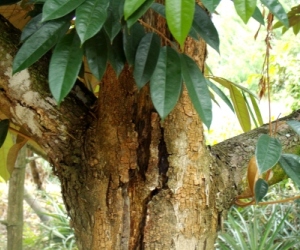No rice paddy or lowland rice field where the science and practice of rice production are taught? The land is unsuitable for lowland agriculture?
The remedy should be to build such a paddy out of concrete.
That exactly was what we did!
But only in limited area for instruction and research.

The structure is located at the Mindanao State University – Fatima Campus, General Santos City, Philippines.
Soil is sandy loam with shallow topsoil commonly only up to 30 cm deep and deeper it’s mostly sand.
Rainfall used to be very rare to the point that it became a joke in the 90’s that the climate was “dry” and “very dry”.

